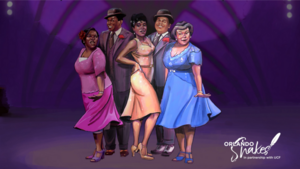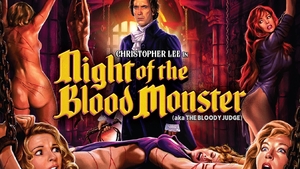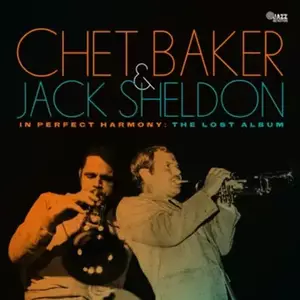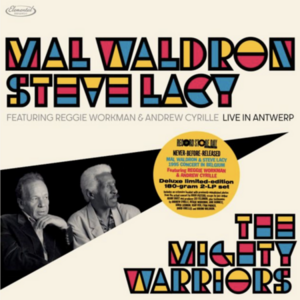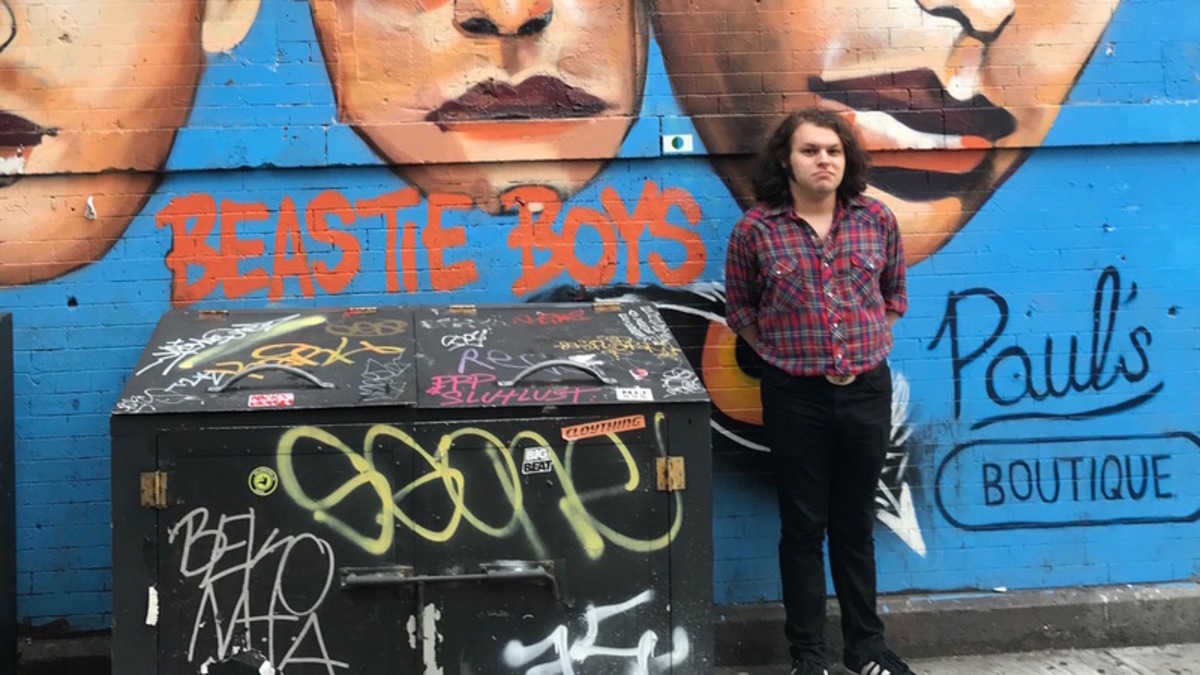
This Must Be The Place
Music, Community and Vanished Spaces in New York City
Jesse Rifkin
Hanover Square Press
There are a lot of books about music in New York City. Most of those books focus on some personalities, a time, and a place. You have books about Dylan in Greenwich Village in the ’60s. The Talking Heads at CBG in the ’70s. You get the idea. This Must Be The Place takes a different look at music in the Big Apple. While Jesse Rifkin is going to talk about Television and Tom Paxton, he’s more concerned about the neighborhoods and communities that fostered the development of great music. In this telling of the story, Rifkin puts the booker, club owners, fans, and also rans in the spotlight along with the physical environment that allowed them to thrive. Every New York City block has a story to tell.
Rifkin follows the ebb and flow of music scenes as they sprouted, grew, and inevitably got replaced in lower Manhattan, beginning when the Folkies first invaded Greenwich Village. Each chapter is the story of a scene and a neighborhood. The Folkies in Greenwich Village, the Loft Jazz scene in SOHO, the Glam Rockers and proto Punks and Max’s Kansas City, CBGB, and the Bowery, on through the current crop of DIY outsiders in Williamsburg. Each chapter could be a standalone 33 1/3 guide to a bit of New York’s music history.
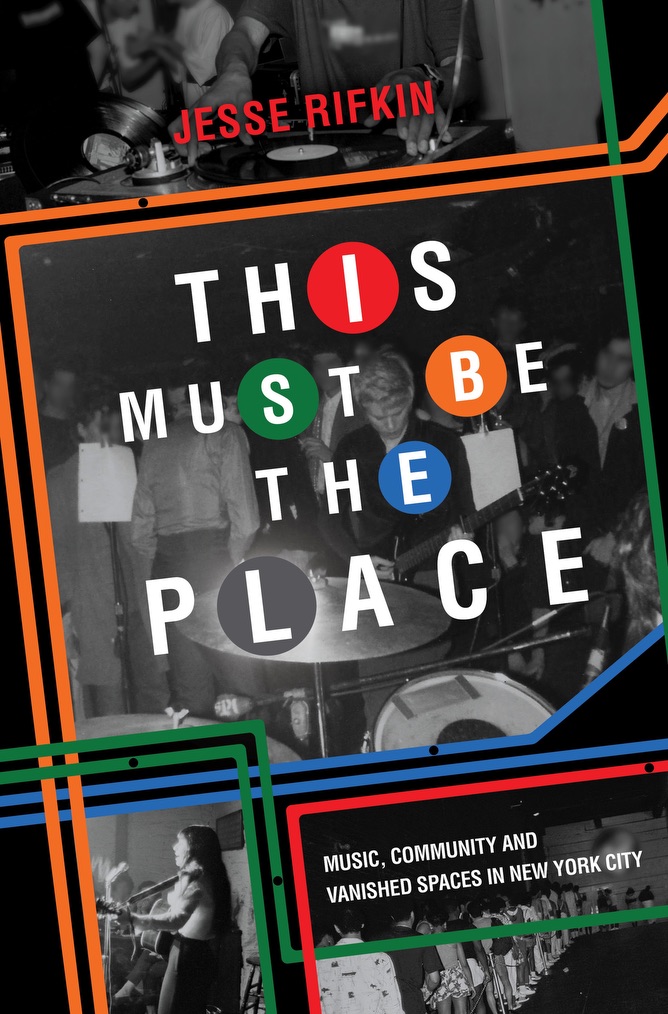
Of course, the stories of the scenes do overlap and cross-pollinate and inspire each other. Jazz musicians moved into the empty industrial buildings of what is now SOHO, Tribeca, when no one had a use for them. Sam River’s famous Rivbea Studio was, in fact, his home. The musicians (which include the minimalist composers Philip Glass and Steve Reich) were able to stage shows in these makeshift spaces because no one was around to complain. It was a pattern repeated a few years later by the DJs of the early disco scene.
I was fascinated to learn than many of the legendary clubs existed because of side hustles. Hilly Kristal had a daytime moving business to keep CBGB going. The Greenwich Village coffeehouses made their money on coffee, not music. The music and partying at Max’s Kansas City was really the side hustle to their daytime business of feeding the office workers around Union Square. The food made the money that made the nighttime bacchanal possible. Max’s had a happy hour buffet where cash strapped artist types could fill up for the price of a drink. “That’s how we survived,” said Ruby and the Rednecks frontwoman, Ruby Reyner. “Of course it was horrible food; we always had the runs.”
This Must Be the Place is a book that should be savored. Read a chapter, then take some time to mull over the stories and go over the suggested listening list. Savor the irony of trivia, like CBGB was forced out of their space by a homeless shelter that bought the Palace Hotel building where the club had the ground floor. While we’re at it, let’s take a moment to consider that all those noisy punk shows were being held under a (flop house) hotel where people were trying to sleep. Let the music and stories steep in your brain awhile before taking on another scene.
Another reason I suggest taking This Must Be The Place slowly is that it is unintentionally a collection of case studies for an urban anthropology class in gentrification. As unique and distinct as each neighborhood and music scene is, the same pattern repeats over and over again. The bohemians move into an unloved and uncared-for part of the city where they can do their thing with minimal hassle from the city. The venues they set up might not be 100% legal to operate, but they can get away with it when everyone thinks they’re freaks. As the scene grows, develops and matures, more and more people are attracted to the area. Some are just sightseers who read about the crazy kids down in the Village, SOHO, Alphabet City, etc. Some are attracted because they see money to be made in those formerly unwanted neighborhoods. Money and respectability flow in, and the bohemians are pushed out (an apartment in the former Max’s Kansas City building now costs over $3 million).
Is New York dead? Has gentrification made it impossible for new and exciting musical cultures to sprout from New York’s increasingly rare broken sidewalks? In his conclusion, Jesse Rifkin argues that the reinvention of New York is never over. It may be harder now, but there will always be some enterprising kid looking for a place to play their music. There will always be pockets of unwanted space where someone can try something loony. Who knows, with the post-Covid work-from-home trend not going away, maybe we’ll see nightclubs sprouting up in abandoned call centers.
Featured image by Adam DiCarlo.

